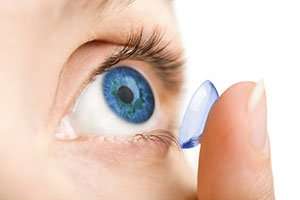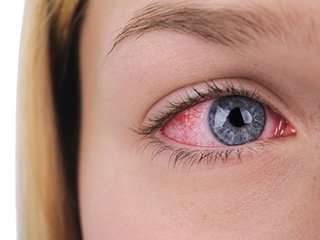
You may have heard of macular degeneration, an age-related condition in which people suffer permanent vision loss due to damage in a part of the retina called macula. But …

The term retinitis pigmentosa (RP) refers to a set of degenerative genetic diseases that gradually kill off the light-sensing cells (rods and cones) of the retina, eventually causing blindness. …

Loss of eyesight and macular degeneration are typically associated with aging. Stargardt disease, however, an inherited form of macular degeneration, commonly affects children and young adults. Also referred to …

Bifocal contact lenses are a type of contact lens that combine two different prescriptions in the same lens. One component corrects nearsightedness and the other prescription addresses farsightedness or …

Colored contact lenses allow you to temporarily change your eye color whether or not you need to correct impaired vision. In this way, you can create a more subtle …

Color blindness, also known as color vision deficiency, occurs when an individual cannot distinguish between certain colors like red and green or, less commonly, blue and yellow. Cause of …

Can I wear contact lenses? Most people are able to wear contact lenses safely and comfortably. There are contact lenses that correct for nearsightedness, farsightedness, astigmatism, and other vision …

Acanthamoeba keratitis is a relatively rare type of eye infection, but it can become quite serious. If left untreated, Acanthamoeba eventually leads to vision loss, requiring a corneal transplant …

Most people classified as blind still retain some ability to see. They often have significantly impaired vision but can discern light, shapes, or other figures. Low vision refers to …

Conjunctivitis, also known as pink eye, is a common eye problem that can afflict children and adults alike. It is highly contagious and spreads quickly in environments like classrooms …










